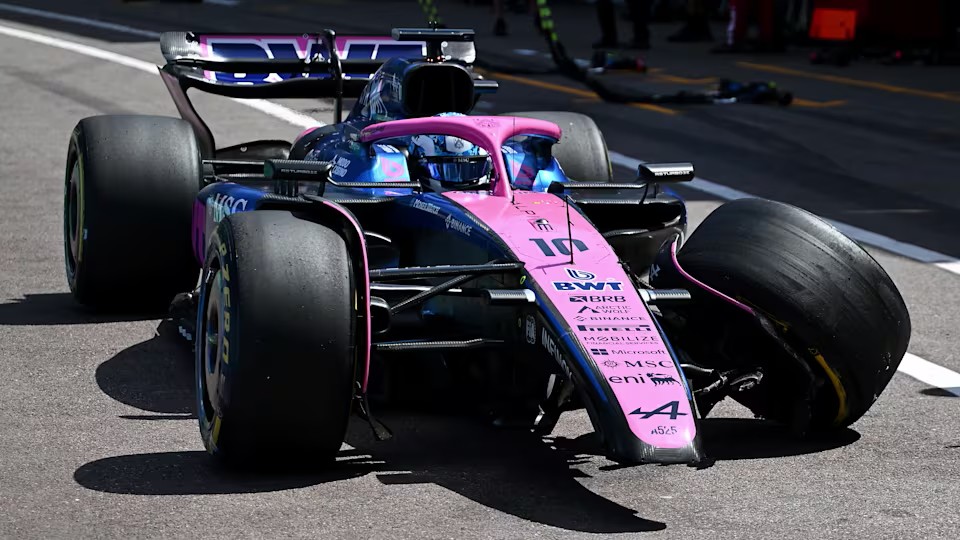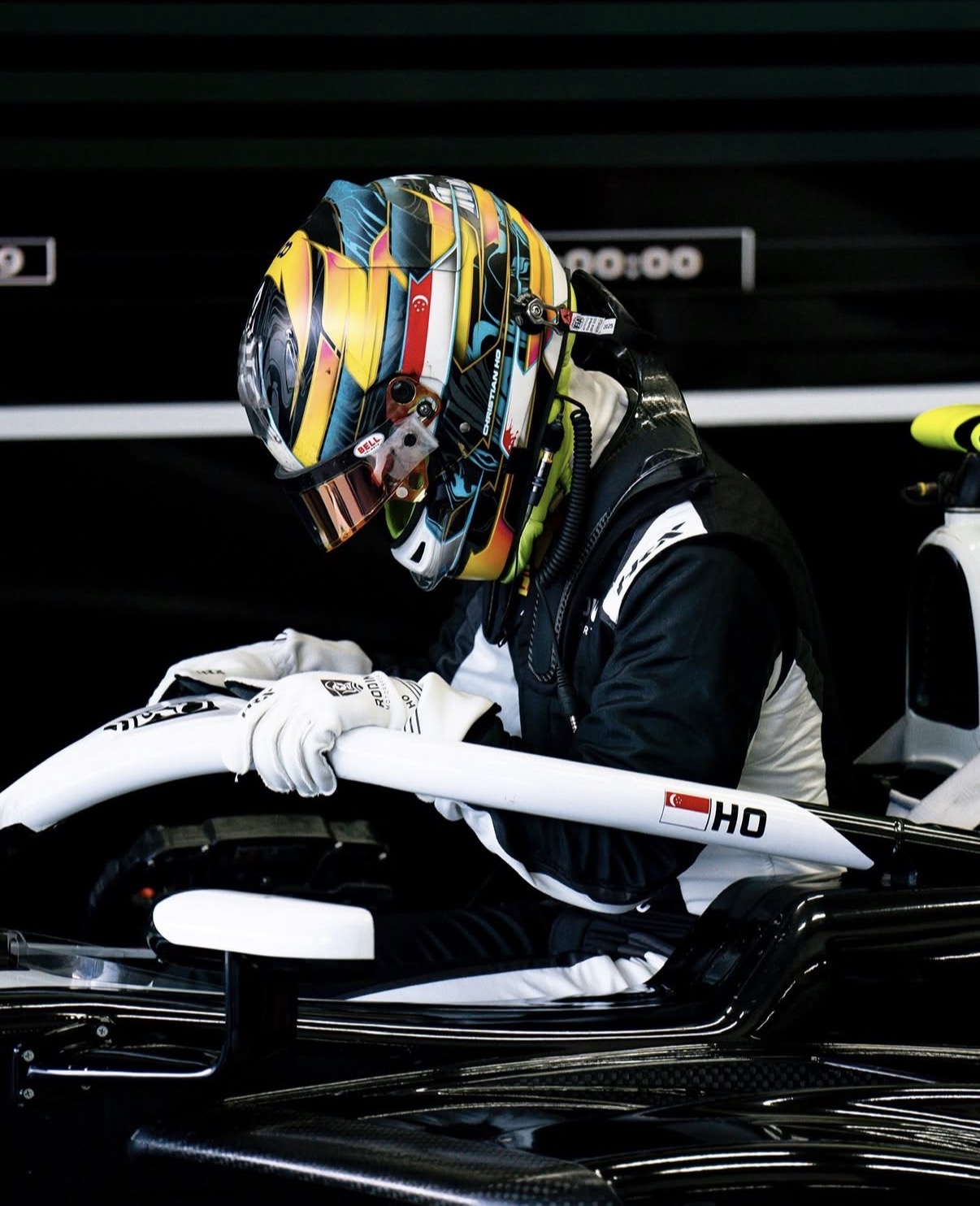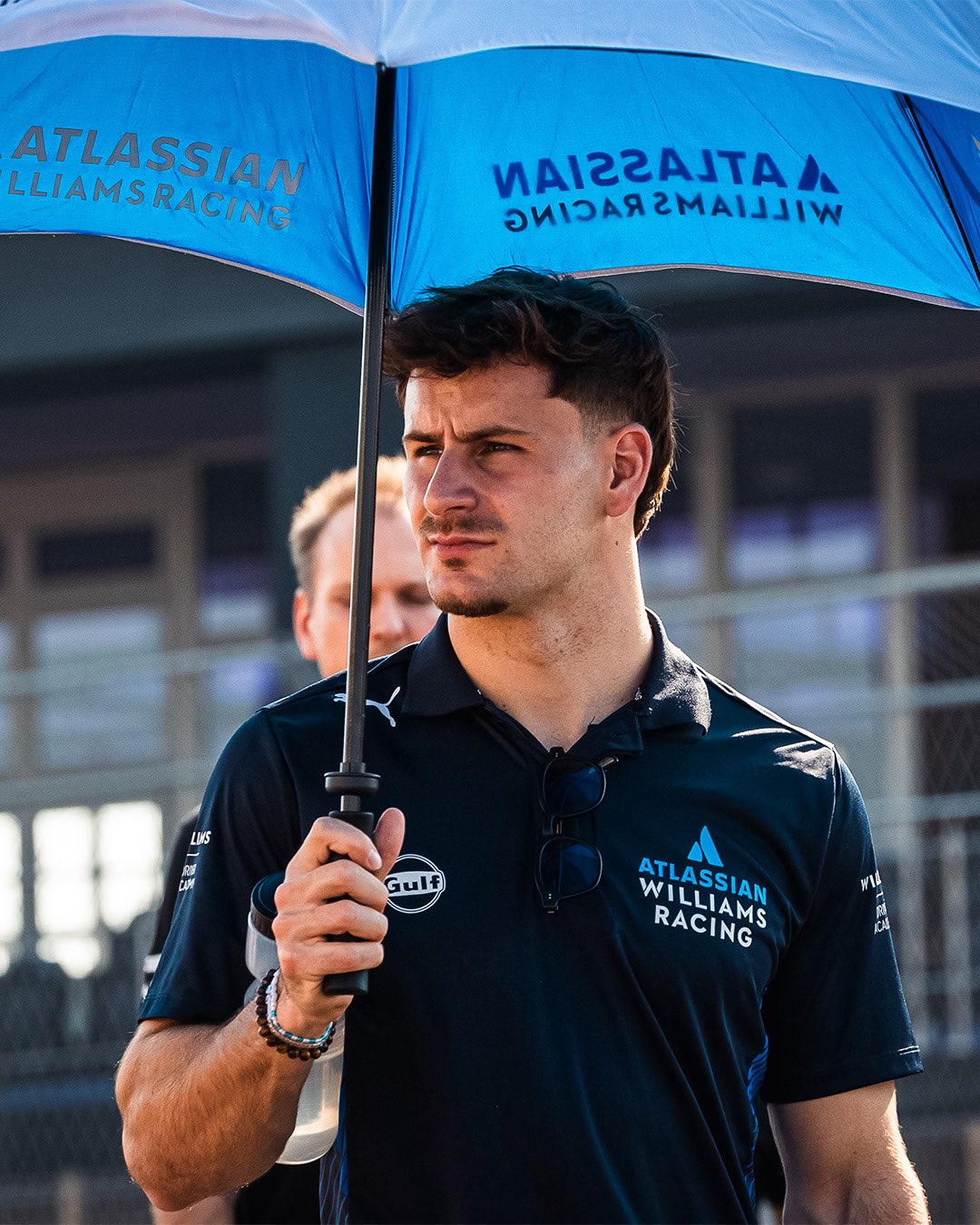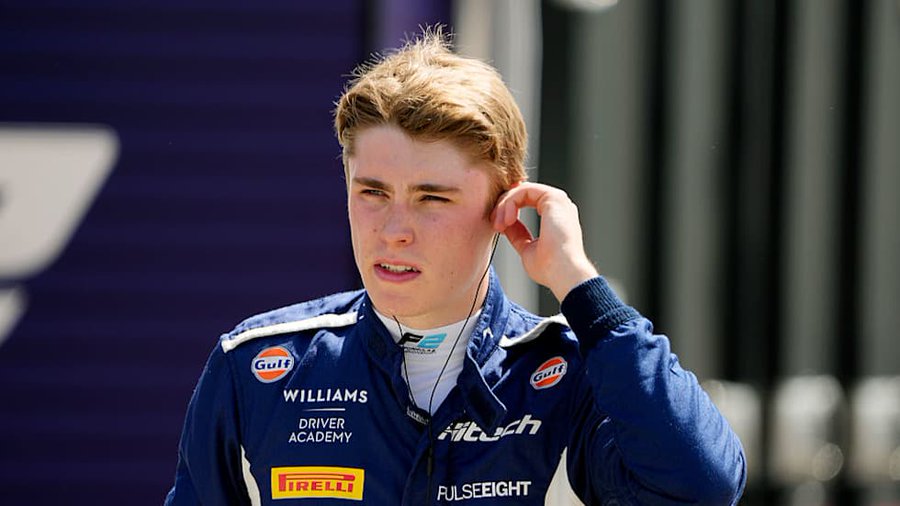Off to a good start to the F1 Monaco GP in Free Practice 1, Pierre Gasly’s weekend turned out to be incredibly disappointing. After struggling in FP2 and FP3, Gasly only managed to qualify in 18th position. On race day, his Grand Prix ended in retirement after a collision with his former teammate Yuki Tsunoda. The Monaco GP was an overall difficult weekend for Alpine with only 7 points in the Constructors’ championship.
Gasly blames Tsunoda for the incident
Following a first-lap pit stop, Gasly chased Tsunoda in 17th position. Describing the crash on lap 9, Gasly explained how he was caught off guard by Tsunoda’s braking.
“Yuki made a mistake before the tunnel, so I got very close to him.
“Every lap he was braking on the racing line on the right. This lap I was very close, so I decided to stay on the left. He started braking on the left, I committed to the right and then he moved back onto the racing line.
“I was already committing and braking later than him, so I just couldn’t go anywhere.”
Gasly informed his team over the radio that the collision had damaged his brakes, making them ineffective. However, when this message was broadcast on TV, it appeared as if Gasly was admitting fault for the incident. The French driver later clarified that his words were taken out of context.
“No, I think it was a TV broadcast, but this was following the incident already with Yuki [Tsunoda]. I had the brakes [before].”
The Monaco track is notoriously narrow for the size of modern F1 cars, making overtaking more difficult here than anywhere else on the streets of Monte Carlo, Gasly explained. He felt Tsunoda failed to give him enough room:
“No, for me here you’ve got to stick to your line. You already have no space to put two cars together.
“You can defend the position, but then it’s not a case of I go right, I close the door to the right and then if you try to go left, then I squeeze you to the left as well.
“It’s a track where it’s already hard enough. I just thought, we’ll leave the space.”
Strategy and frustration
Gasly also commented on Alpine’s race strategy, noting that the double mandatory pit stops led to strategic plays by several teams—tactics Alpine would have employed had they qualified better.
“It is what we thought would happen, teammates slowing down and opening gaps to pit, which to be fair we would have done in the same way if we would have qualified further ahead.
However, the bigger concern for Gasly was Alpine’s qualifying performance where they were plain slow as both cars got knocked out in Q1.
“So, for me it’s mainly about understanding what didn’t really work in the qualifying, which I think we already have some ideas.”
Gasly admitted that Alpine’s struggles in the Monaco GP came as no surprise. He had anticipated that “this track would always highlight some weaknesses of the car in terms of ride.”
The A525: A harsh ride
Gasly acknowledged that pitting on the first lap of the Monaco GP “was a bit of a gamble.” This risky move might have paid off if not for the crash:
“I think we would have made some ground for sure with the first half pit stop.”
Realistic about the A525’s shortcomings, Gasly recognized: “The ride in general, we know, is not the strength of our car.”
With the car’s suspension and chassis not responding well to uneven surfaces, Gasly pointed out that the A525 struggles on bumpy street circuits like Monaco:
“It’s on a track like this where you’re going very low speed, you go over curbs, you’re three wheeling in many places. We’re just lacking compliance at the moment.”
Gasly calls out Tsunoda’s questionable move
Following the incident, Gasly was visibly frustrated: “In the heat of the moment I don’t really understand.”
He criticized Tsunoda’s braking maneuver: “On a braking zone on a normal track you don’t move, so once you hit the brake you stick to where you are. And he clearly jumped on the brake on the left side of the line and then went over the white line.
“I’m sure we’ll chat about it, but I don’t think it was his finest moment,” said Gasly.
Mandatory pit stops and track limitations
Candidly commenting on the introduction of the two-stop rule, Gasly recognized that while it allowed for more team tactics, the final results remained mostly unchanged.
“Looking at it, it’s still the same position as people qualified yesterday. I think it just opened up some team tactics, which I’m sure some people will like.
“Because at times you think, these guys, these guys, they’re close, they’re slowing down, blah, blah. I think at the end of the day it’s just going to be similar conditions than what they were at the start.
“I appreciate we try and I’m sure we’ll review whether people like it or not.”
The French driver concluded that qualifying remains the key to success in Monaco.
“To me it still looks that qualifying is the most important and unfortunately that’s what we got wrong this weekend.”
Returning to the pits – on three wheels: the safe option?
After the contact with Tsunoda damaged his front left wheel, Gasly chose to return to the pitlane rather than abandon the car on track. He justified his choice, explaining that it felt safer to him.
“It felt to me”, he replied to whether he chose the safest option.
“I was a few corners away from the box. It felt to me that this was the best rather than leaving the car and create a red flag or a safety car.”
Reflection from Monaco: Hardships teach valuable lessons
Drawing lessons from a challenging Monaco GP for Alpine, Gasly took some positives from his misfortune. He highlighted “the fact that in challenging times you always learn more” as an important takeaway from the weekend.
“At the end of the day, I think it clearly highlights the way we run the car. On tracks like that it just doesn’t suit this type of racetrack” Gasly lamented.
He acknowledged the need to adapt their approach on similar circuits in the future.
“So, I think next street track we need to approach it in a different way. And then it’s just the direction which is very clear, but I think it’s been clear since the start of the year that on bumpy tracks and on the surface , the package at the moment doesn’t suit this type of track.”
As Alpine looks ahead to upcoming races, Monaco serves as a stark reminder of the work still needed to make the A525 competitive across all track conditions.





